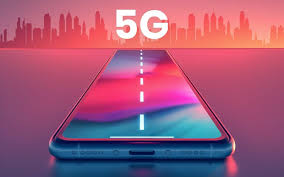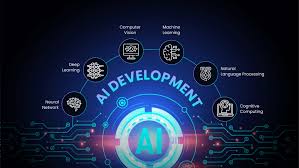As an app developer in Delhi, creating retail apps with AR and VR features is revolutionizing how customers shop. Leading mobile app development companies in Delhi are leveraging immersive technology to deliver interactive experiences, allowing users to virtually try products, explore 3D catalogs, and make informed purchasing decisions—all from their smartphones.
Why AR/VR in Retail Apps?
AR and VR let people do things they just can’t manage with regular online shopping. Want to see how a sofa looks in your living room? Go ahead. Not sure how those sunglasses fit your face? Try them on virtually. This hands-on experience keeps shoppers interested, helps them make better choices, and cuts down on product returns.
How Delhi’s App Developers Make It Happen
Getting to Know the Business
The first step is simple: understand what the retailer wants. App developers sit down with clients to figure out their goals, who they’re trying to reach, and what they’re selling. That way, they can pick the right AR/VR tools for the job.
Picking the Best Tools
You’ll find Delhi’s top developers working with ARKit, ARCore, Unity, and Unreal Engine. These let them build smooth, lifelike AR/VR features that work on both Android and iOS—so no customer gets left out.
Designing for Real People
Cool tech means nothing if it’s a pain to use. Developers focus on UI/UX, making sure customers can easily swipe through virtual catalogs, try on products, or move around 3D objects. It all needs to feel natural.
Smooth E-commerce Integration
AR/VR features don’t stand alone—they’re built right into the app’s shopping cart, product pages, and checkout. The goal? Keep everything seamless, so users don’t get lost or frustrated.
Testing and Tweaking
No one wants buggy tech. Developers in Delhi spend plenty of time testing on different devices and networks to make sure everything runs smoothly, no matter how or where people shop.
What Retailers Get Out of It
More Engagement: Shoppers stick around longer and interact more with products.
Better Conversion: Virtual try-ons and previews help people buy with confidence.
Stand Out from the Crowd: Offering AR/VR makes a brand memorable.
Fewer Returns: Customers know what they’re getting before they hit “buy.”
What’s Next for AR/VR in Retail Apps?
Personalized AR: AI helps suggest products and tailor AR experiences to each shopper.
Social Sharing: Shoppers can show off virtual try-ons to friends, making buying more social.
Virtual Malls: Full-on VR stores give customers a whole new way to browse and shop, all online.
Explore more about this topic “mobile app development companies in Delhi”
Read full guide here “app development agency in Delhi”
FAQs
Q1: How much does it cost to add AR/VR to a retail app?
It depends on things like how many features you want and which platforms you need. Your best bet is to set up a detailed consultation with an app development company in Delhi.
Q2: What devices can run AR/VR retail apps?
Most newer Android and iOS devices handle AR just fine. For full VR experiences, you might need a special headset.
Q3: How long does AR/VR app development take?
Building a solid AR/VR retail app usually takes 3–6 months, depending on how complex it is and what features you need.




